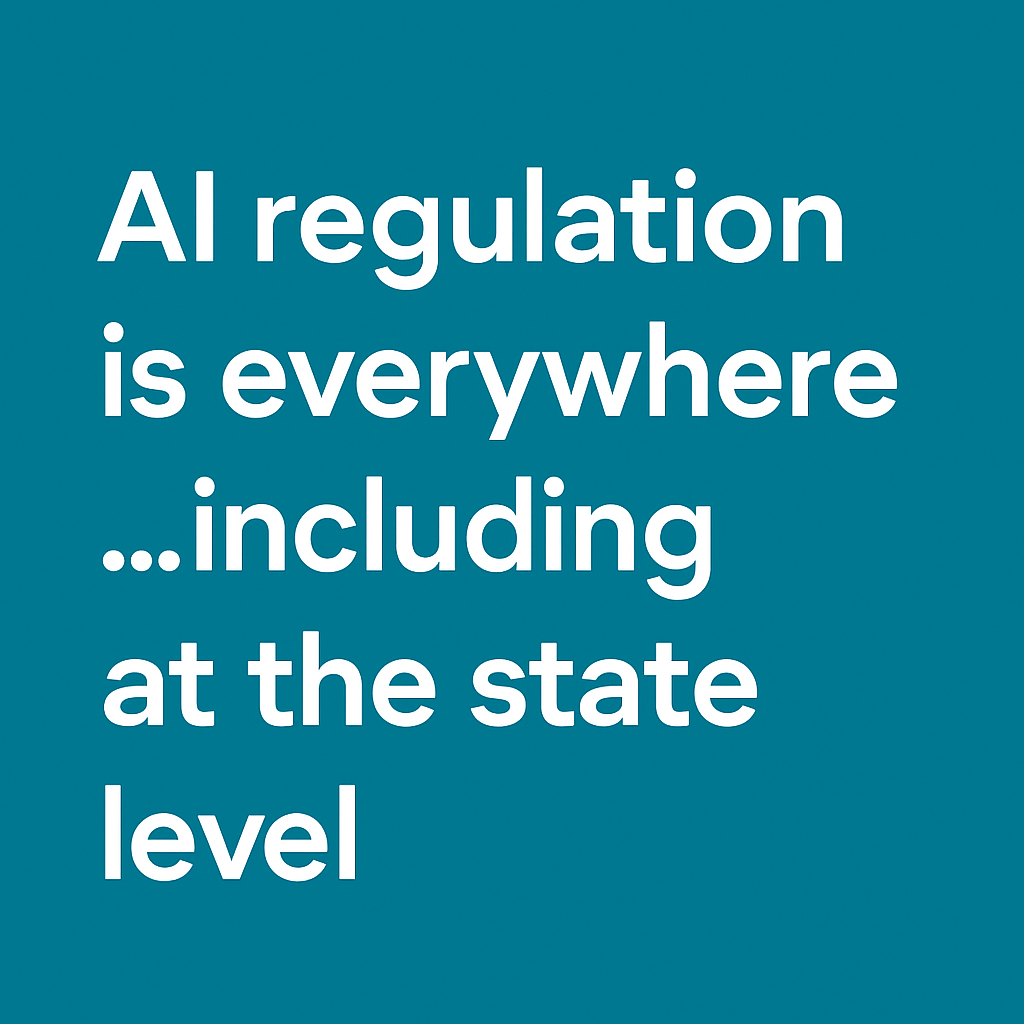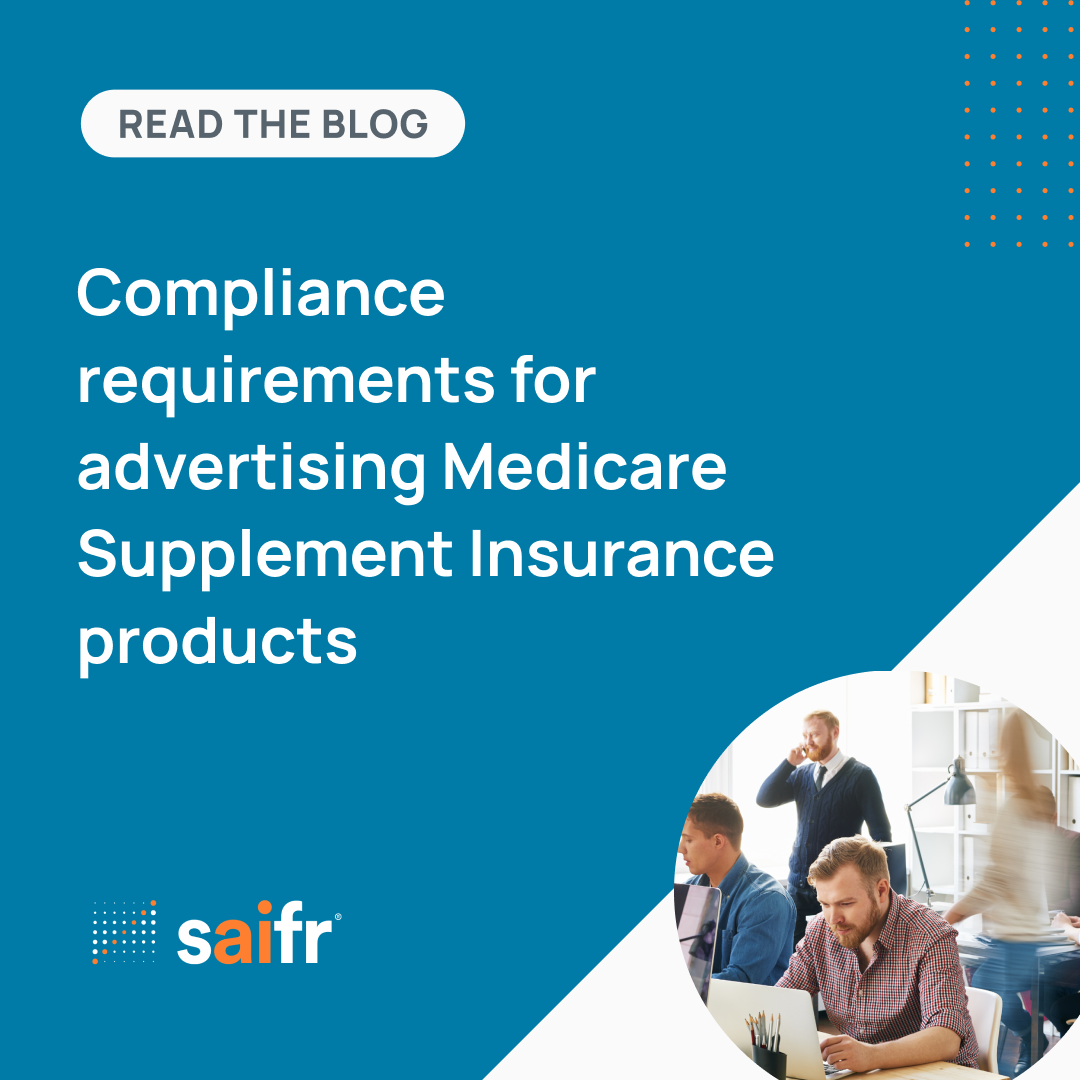Financial services is one of the most highly regulated industries out there. Between FINRA and the SEC, the regulations are extensive and ever-evolving. Yet these regulations are designed to protect investors and maintain the health of the financial ecosystem.
For financial firms, there’s a lot on the line—not only can non-compliance lead to a hefty fine, it can cause reputational damage. As stewards of the firm’s regulatory well-being, pressure lands on compliance teams. That weight is compounded by the fact that compliance is tasked with reviewing more content than ever before. Marketing materials now take the shape of videos, GIFs, podcasts, infographics, etc. and are pushed out on more channels.
It’s a perfect storm: Compliance teams must complete more tasks in a complex and rapidly changing regulatory environment.
How did it come to this?
What compliance reviews used to look like
Until the mid-1990s, financial firms relied on pen and paper for compliance reviews. Back then, compliance, legal, and marketing teams would use interdepartmental mail systems to send paper copies of marketing materials back and forth. The papers were filled with marginal handwritten notes or questions, crossed-out risky language, scribbled suggested phrases, and disclosures. It was the definition of chaos, and it took a long time for materials to be approved. Then, the final copy was stored in a filing cabinet, either in the office or an off-site storage facility—all for the sake of recordkeeping. Can you imagine enduring this process today?
In the early 2000s, things began to pivot to digital and web-based methods. As financial firms produced more materials and demand for more efficient compliance review increased, companies started to rely on email and electronic review workflow systems. These new methods allowed a higher volume of content to be approved and filed quickly. But though innovative at the time, many of these systems have seen limited updates and are often not up to par with other contemporary workflow systems, leaving some of today’s compliance, legal, and marketing teams in another era of chaos and inefficiency.
The problem with manual compliance reviews
Without specialized technology, compliance teams can struggle to coordinate complex reviews across multiple stakeholders, including marketing teams (writers, designers, and editors), subject matter experts, and other legal/compliance partners. Important information can fall through the cracks in long email chains, and disparate email chains add to the chaos when not everyone can see everyone else’s comments. Several individual versions of documents can become unwieldy, difficult to consolidate, making it hard to address all the feedback since there is no easy way to compare documents and synthesize comments. This is inefficient, to say the least.
The resulting bottleneck can drag out review timelines, frustrate stakeholders, and drive up costs with unnecessary work. It can force people to focus on menial tasks when they could and should be tackling more value-added work. More importantly, it can increase regulatory risk by potentially allowing issues to slip by undetected—an issue in and of itself, of course, but also one exacerbated by the increased volume of content needing to be reviewed. Organizations are now processing too much content for manual processes to remain effective.
Manual processes can also make it nearly impossible to capture insights over time. Teams waste energy tracking down inputs and have limited ways of visualizing progress. There is no aggregated data showing where reviews typically get held up or what stakeholder or compliance requirements trigger the most back and forth. Without these insights, it’s challenging to improve processes.
It is likely only a matter of time before manual reviews crumble completely.
Modernizing compliance reviews with technology
New RegTech solutions are emerging to help digitize and automate various parts of compliance reviews. To start, workflow tools can be transformative. Having a centralized place for feedback delivery, version control, and storage can make it easy to coordinate inputs from different groups while keeping everyone on the same page. Handoffs from stakeholder to stakeholder can be automated, and notifications can help keep things moving quickly.
There are also compliance review-specific features and tools that can help make processes more efficient and accurate. Relatively recently, artificial intelligence (AI) and large language models (LLMs) have entered the financial compliance review space, helping to both expedite the review process and make it more consistent with regulatory guidelines such as FINRA 2210, SEC 482, and the SEC Modernized Marketing Rule.
Download the ebook → AI insights survey: Adopters, skeptics, and why it matters.
AI can “understand language” (in text and audio/video transcriptions), flag content that may be risky, explain why it was flagged, provide smart suggestions on how to address the risk, and recommend disclosures that might be needed.
With AI helping reviewers quickly identify risks and proactively mitigate them, teams can spend less time on the tedious, manual work and more time on the grey areas of compliance that require expertise and experience.
Digitization can also provide data—which, as we all know, is a key component of strategic decision making. Purpose-built analytics can provide visibility into bottlenecks, patterns, and gaps, helping teams identify opportunities for ongoing improvement.
By modernizing compliance reviews, firms can boost efficiency, reduce costs, and strengthen regulatory resilience. Team members can focus their specialized skills on higher-value work rather than chasing down information, while leadership can gain insight into how to streamline processes and anticipate emerging risks.
It’s safe to say we’ve come a long way from pen and paper, right?
The future of compliance reviews
I believe that the future of efficient, risk-intelligent compliance is technology driven. As regulations and complexity increase, manual reviews may no longer cut it. Financial institutions need solutions that capture critical information, apply expertise, and uncover insights to power smarter regulatory decisions. AI can be the answer.
The opinions provided are those of the author and not necessarily those of Fidelity Investments or its affiliates. Fidelity does not assume any duty to update any of the information. The information regarding AI tools provided herein is for informational purposes only and is not intended to constitute a recommendation, development, security assessment advice of any kind.
1131302.1.0


-1.png)



